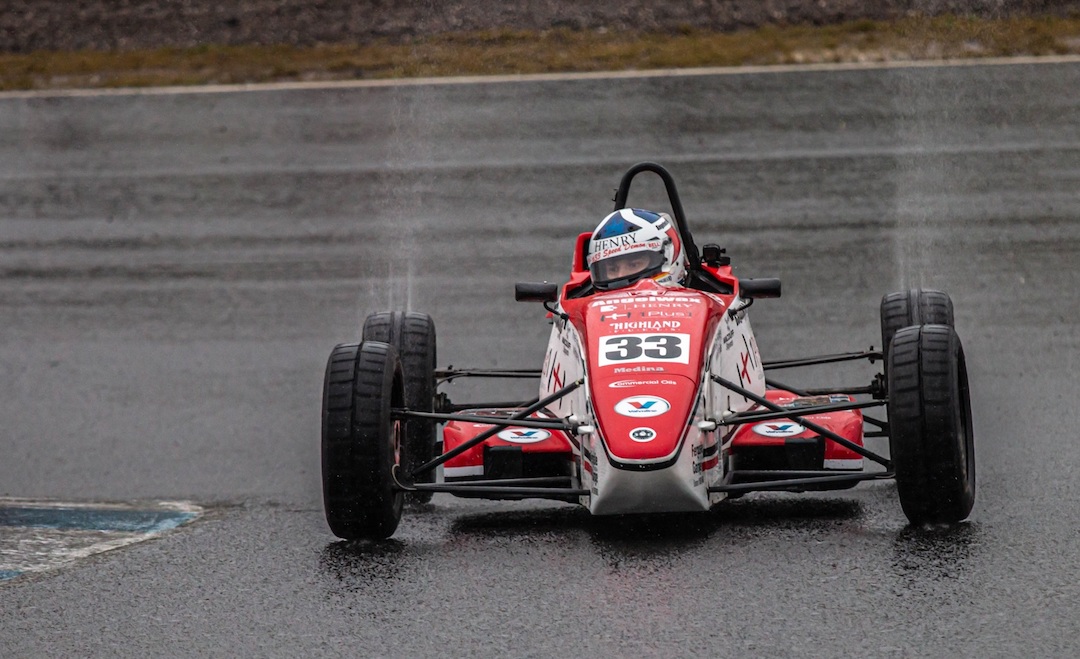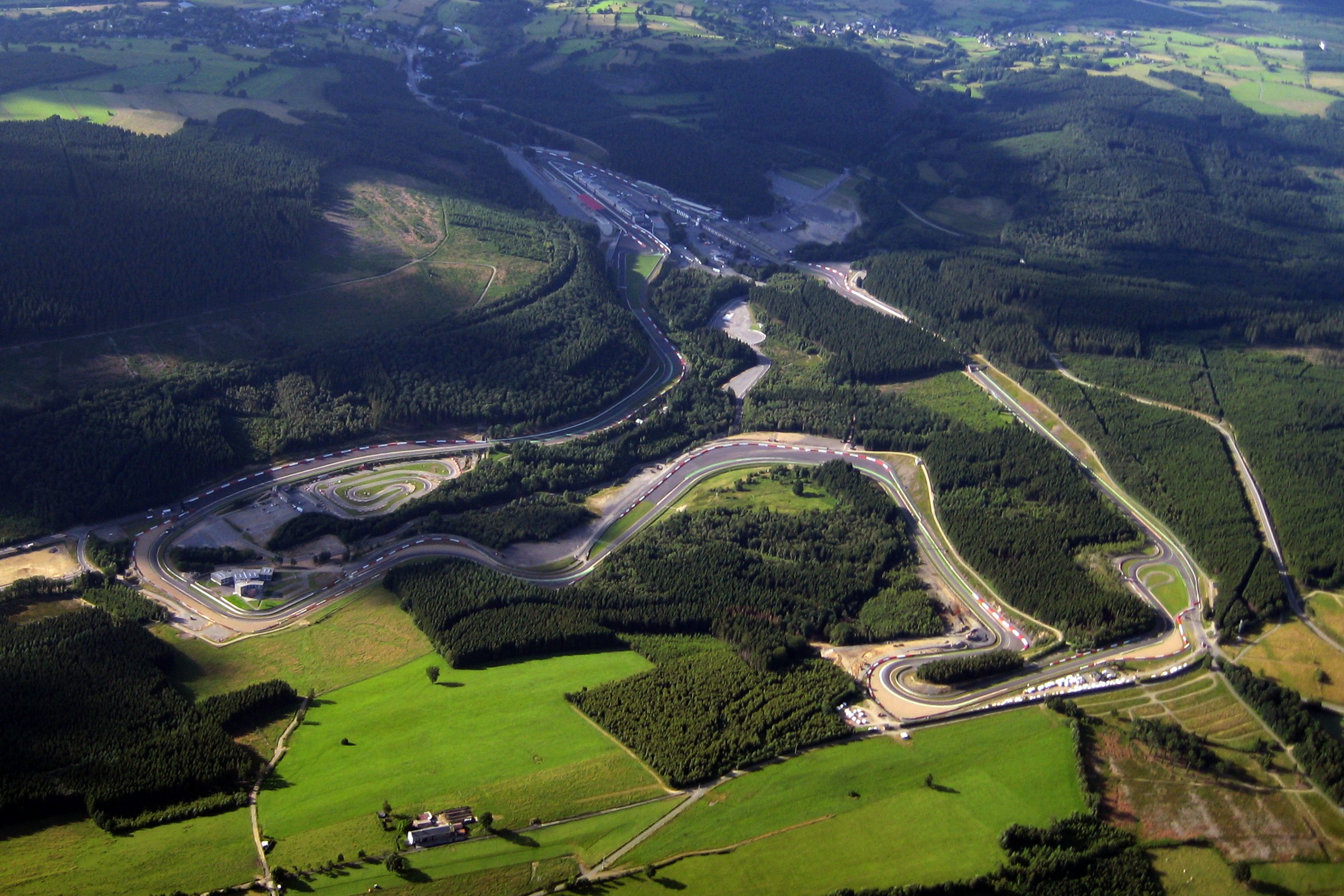"Britain's racing circuits are being graced with the striking and colourful sight of Sarah Bennett-Baggs behind the wheel of her bright pink 1978 Porsche 911 SC, sponsored by Adrian Flux. Sarah is competing in the Porsche Club Championship for the first time, "

Knockhill Circuit
Have you been yet?
If you’re a devotee of the BTCC, BSB or a fan of the Kaiser Chiefs (we’ll return to that) then you’ll be familiar with Knockhill, the highest (at around 800 feet above sea level) and most northerly permanent racing circuit in the United Kingdom. It’s also the youngest of all the current BTCC venues, even though it’s now well into its fifth decade of operating as a circuit.
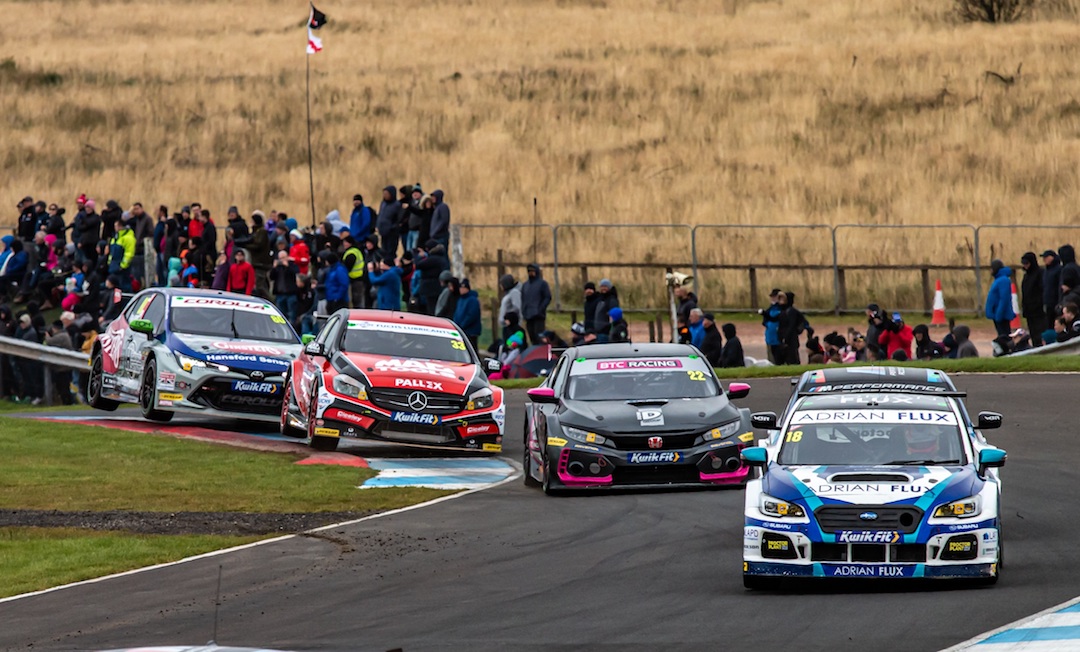
The circuit was originally the brainchild of Tom Kinnaird, who turned farm access roads and a disused railway line into “a place for the boys to race their bikes.” Kinnaird’s vision was realised in 1974, when the circuit held its first motorbike race, with the first race meeting for cars taking place a few months later.
In its early days, the circuit’s facilities could best be described as ‘basic’. A friend of mine, Iain Nicolson, who competed in FF1600 races at the circuit in the early 1980s recalls Knockhill as then being little more than “a couple of portacabins, and a track with long grass instead of gravel traps.”
There were several changes of ownership in the circuit’s formative years, which ended when local businessman and keen motorcycle racer, Derek Butcher, purchased it in 1983. In Butcher’s hands, the circuit and its facilities have been extensively upgraded (for which read ‘transformed’) over the years.
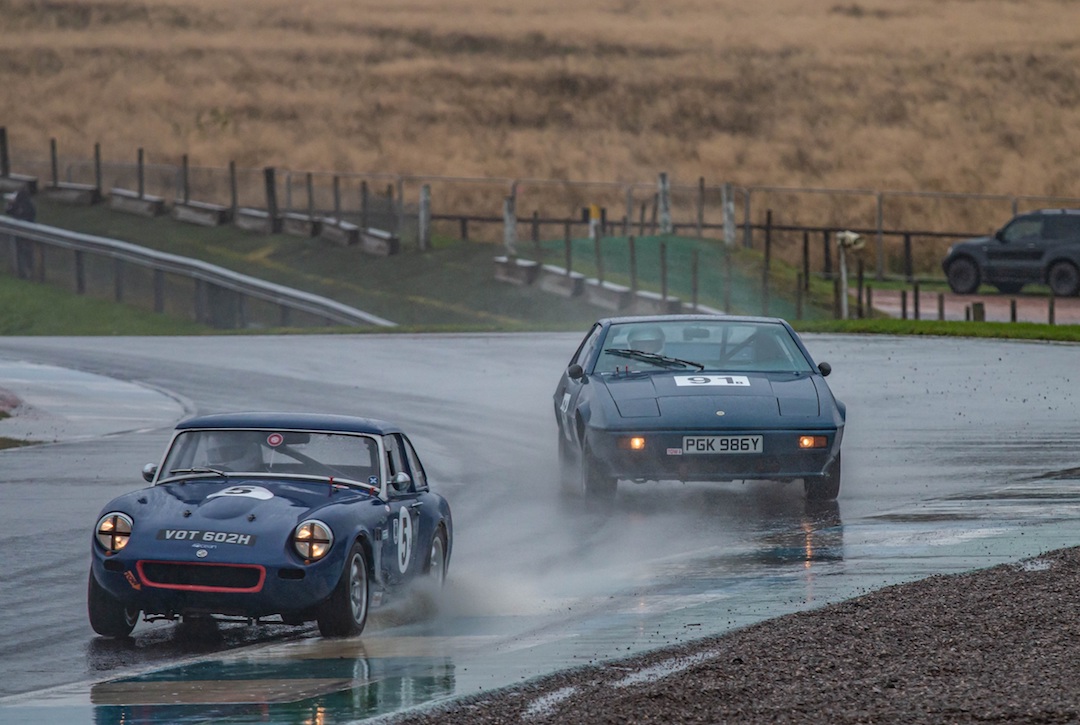
Those improvements bore a rich harvest in 1989 when the circuit hosted a round of the MCN Supercup (which later became the British Superbike Championship). The British Touring Car Championship followed suit in 1992, and since then Knockhill has regularly played host to rounds of both championships. It’s also the home of well-supported multi-class car and motorbike racing championships, as well as both rallies and rallycross.
More than that, though, Knockhill has the unique distinction of being the only circuit in the UK to be licensed for racing in both clockwise and anti-clockwise directions. As Knockhill’s Managing Director, Jillian Shedden, explains: “We explored the possibility of extending the circuit by adding a loop section to it. In the end, though, we decided to apply for a licence to run races in both directions. This meant carrying out a fair amount of work from a safety perspective, including making alterations to the gravel traps and marshals posts. The reverse circuit was granted a licence in 2012 and is now in regular use. It offers a different challenge to the clockwise circuit, to the extent that different set-ups are required for each configuration.”
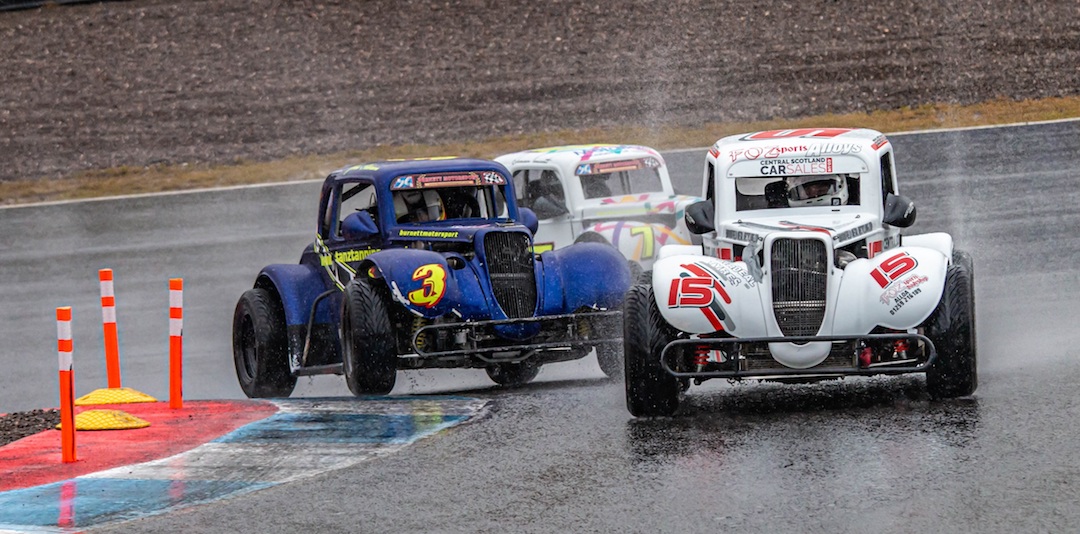
So much for the history, what’s the circuit like?
It’s short, at 1.27 miles, but crams a great deal into a lap, with significant elevation changes and a well-judged mixture of corners to test even the best racers and riders. It’s very much a driver’s track, but its relatively compact dimensions and topography mean that it’s also great for spectators. Key viewing locations include Taylor’s hairpin (named after the late, great Sidecar world champion, Jock Taylor), the locus of many an overtaking attempt and no small amount of drama – particularly when the track is wet or damp, the sweep of Duffus Dip and the uphill (downhill, if the reverse circuit is in use) chicane. It’s possible to walk the circuit perimeter in around 30 minutes, meaning that no part of the track is ever much more than about 15 minutes away. Just remember to wear a pair of sturdy shoes or boots – high heels and platform soles are not recommended!
The circuit’s layout also lends itself well to photography, as evidenced by the accompanying photos, almost all of which were taken from areas to which spectators have access. But if you want to look beyond the on-track action, the circuit’s rural location and hilltop setting mean that it offers scenic views of the Fife countryside and of the three great bridges that span the Firth of Forth between Fife and the Lothians.
But although Knockhill enjoys a rural setting, the town of Dunfermline (once the capital of Scotland) is only around 7 miles distant, and the cities of Glasgow, Edinburgh, Stirling and Perth are all less than an hour’s drive away
That leaves one thing to discuss from a spectator viewpoint: the weather. Given the circuit’s elevation, it’s fair to say that the wind can get up a little from time to time. That said, conditions are apt to change fairly quickly, so we’d suggest you take along layers of clothing that can easily be removed (or added) as required. After all, there’s no point in being dressed like Scott of the Antarctic only to find yourself basking in sunshine.
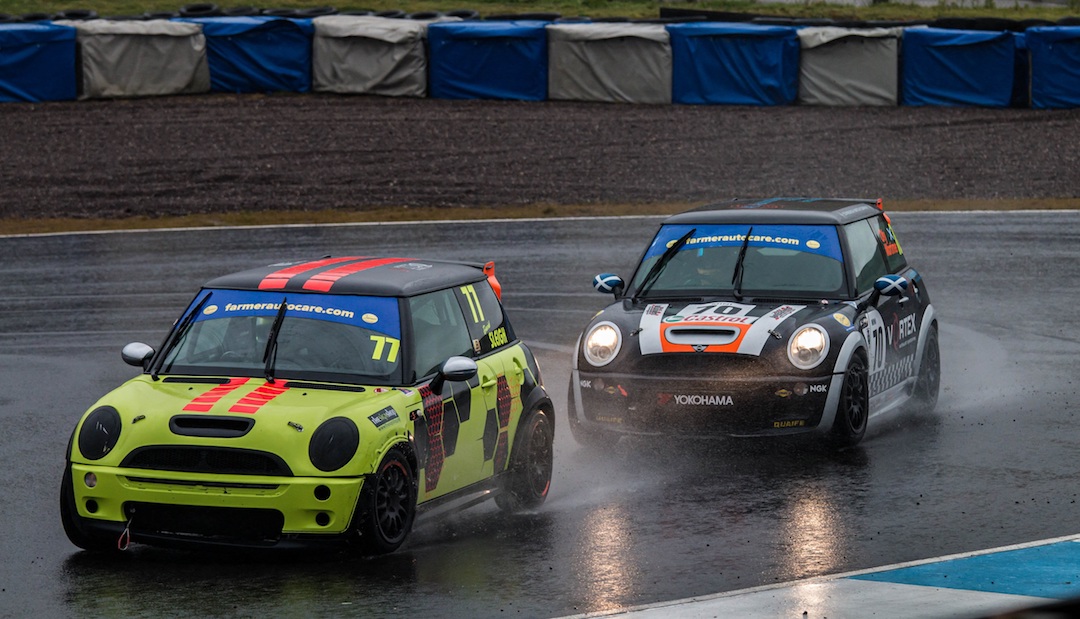
In the course of preparing this article, your intrepid (it says here) reporter took in both the BTCC meeting in September and the final round of the SMRC championship in October. Two very different series in terms of profile, then, but both highly entertaining.
As you’d expect, the BTCC meeting drew a large crowd, particularly on the Sunday. The racing did not disappoint, with Rory Butcher (Derek’s son) taking a hugely popular victory from pole position in the first of the day’s three BTCC races. There was incident, too, in the same race, with a clash between Matt Neal and Ash Sutton at McIntyre’s ending both of their races, though not before Sutton had entertained the crowd with his efforts to return to the pit lane in a car whose wheels no longer pointed in the same direction.
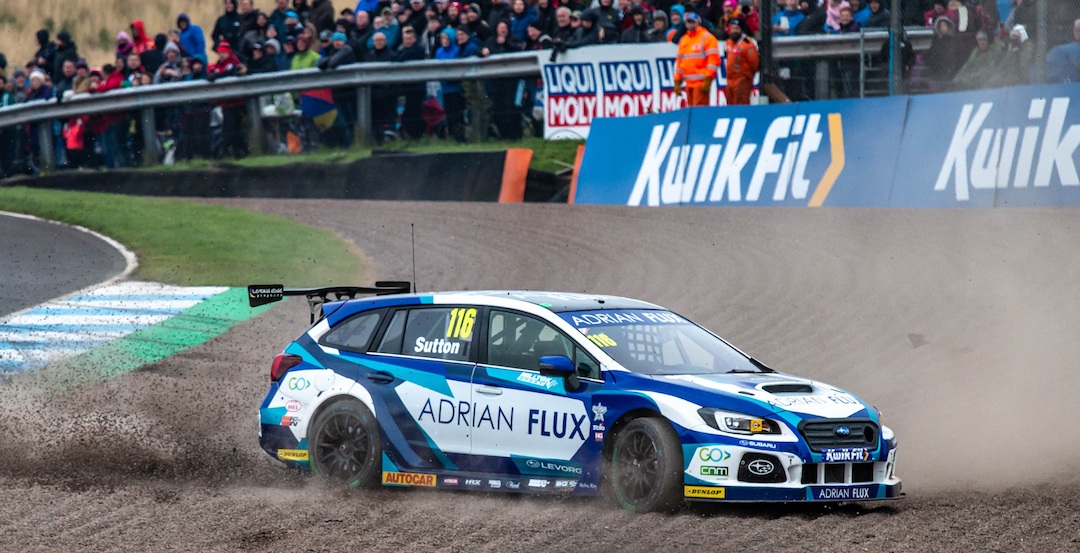
As ever, the support races served up a healthy portion of thrills and spills, with our unofficial award for most dramatic spin and best recovery going to Ginetta Junior racer Will Martin for his spectacular off on the short run from the chicane to Clark’s.
By way of contrast, the final race of the SMRC championship, which took place on a (mostly) wet and windy Sunday, was rather more sparsely attended. And that’s a pity, as for the princely sum of £15 on the gate (or £13 in advance), those who did attend were treated to a comprehensive programme that started at 08.35 and ran on until nearly 18.00, taking in 16 races plus associated qualifying sessions. Great value by any yardstick.
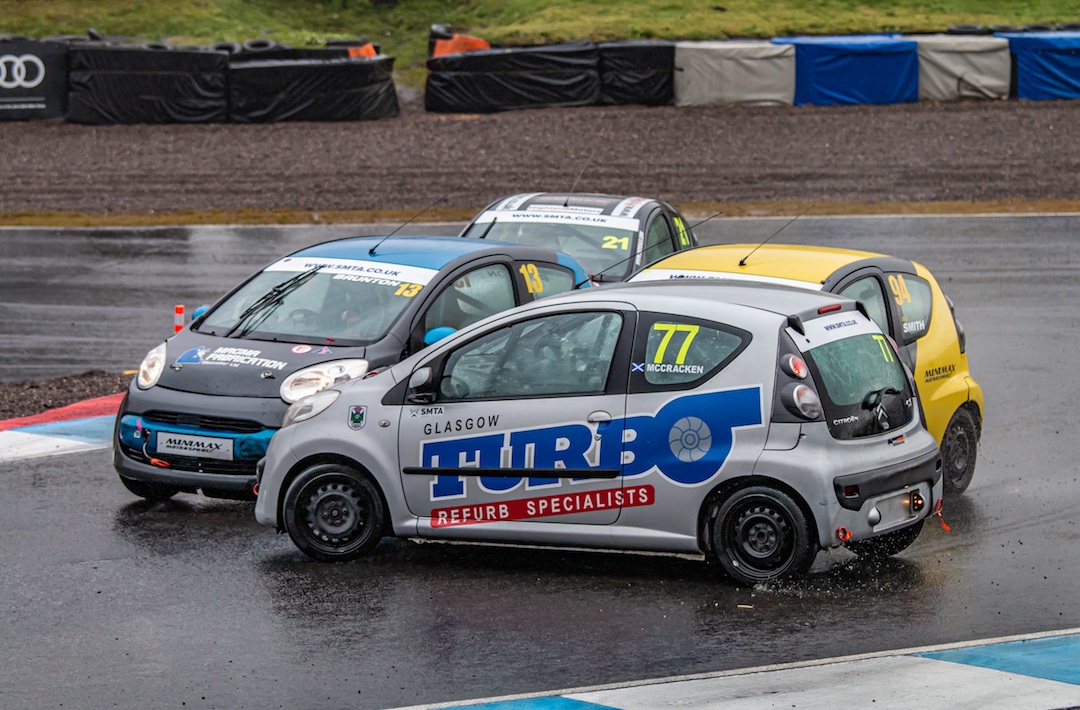
The racing was good, too, with the inclement conditions helping to ensure that there were plenty of incidents to add spice to some keenly contested fixtures. The first race in the Citroën C1 Cup deserves a special mention, with a four-way battle for the lead culminating in a crowd-pleasing final-lap joust at the hairpin that saw all four contenders somehow emerge from with their cars pointing in the right direction. The first Legends race saw a similar last-lap battle for the lead at the hairpin, albeit the outcome was rather different…
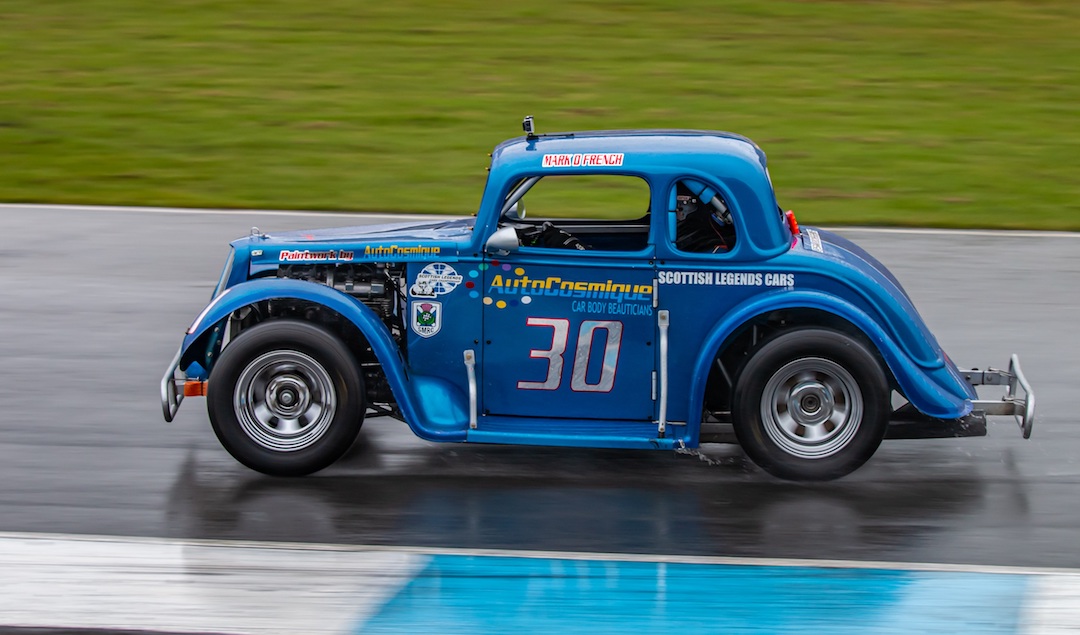
Club racing (whether on two wheels or four), such as that served up by the KMSC and SMRC, might lack a little of the glitz and glamour of some of the more prestigious series, but often delivers just as much viewing pleasure in a relaxed, friendly environment.
Of course, if you want to drive the circuit then you can always book a place on one of of the many driving experiences on offer – you don’t need to go the same lengths as the Kaiser Chiefs and shoot a music video at the circuit!
CLICK TO ENLARGE
